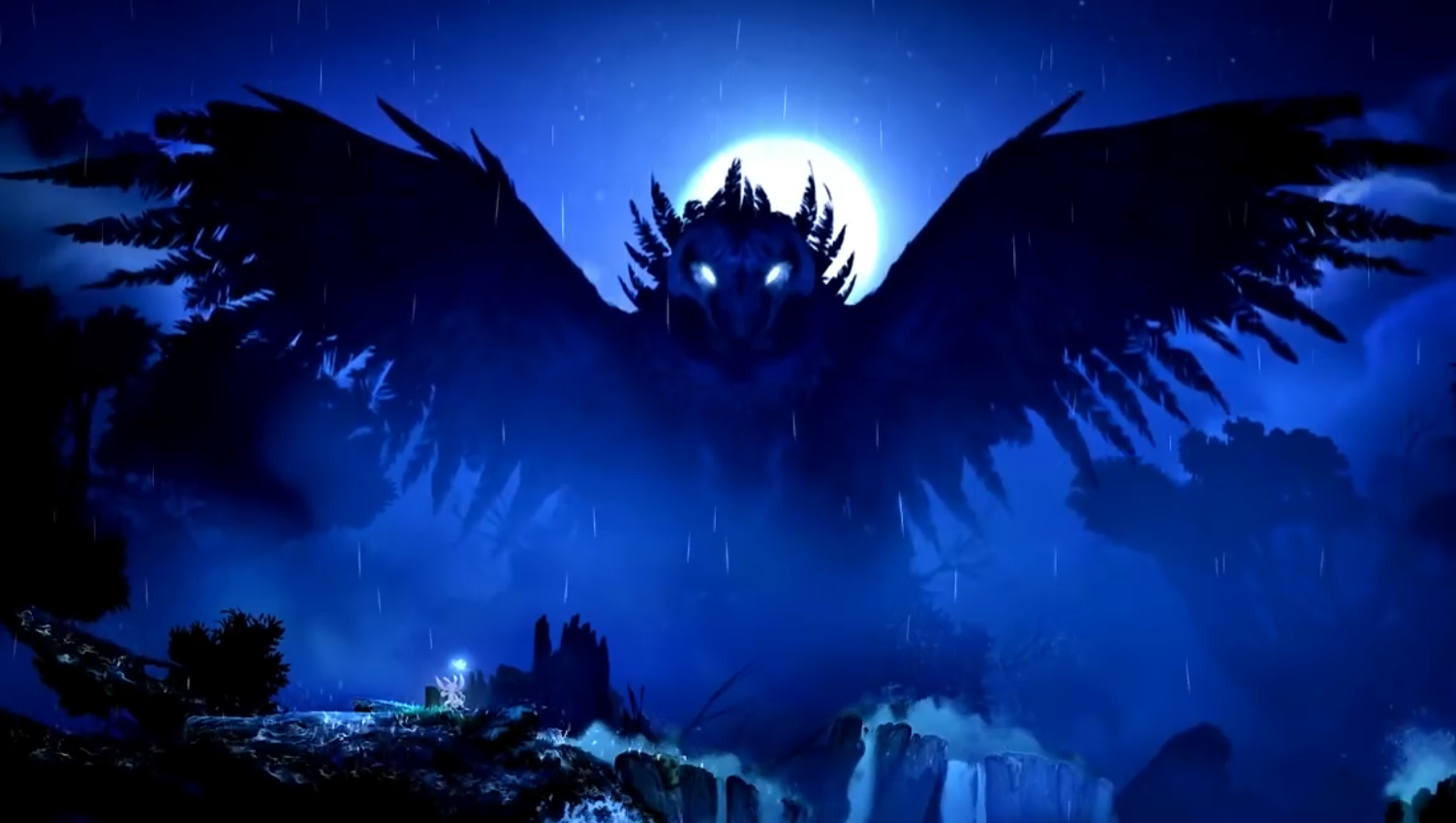Context of Practise 2
Video Essay Improvements
- After receiving peer feedback from Caitlin, she suggested to just add a few slides of context to my video presentation. I added some additional slides and also some movement to the images, so they're zoomed so you can see them better and to make the video more engaging.
- The previous video was still and didn't fully underpin my ideas:
Here is the updated video presentation:
- I added more slides showing some text to collect and briefly demonstrate my ideas and made changes to the way images were displayed to made it more engaging.



















































